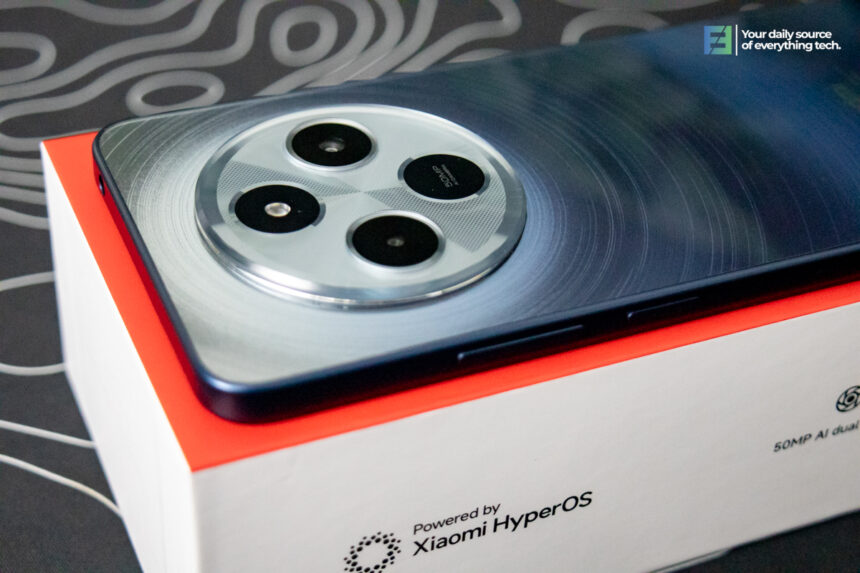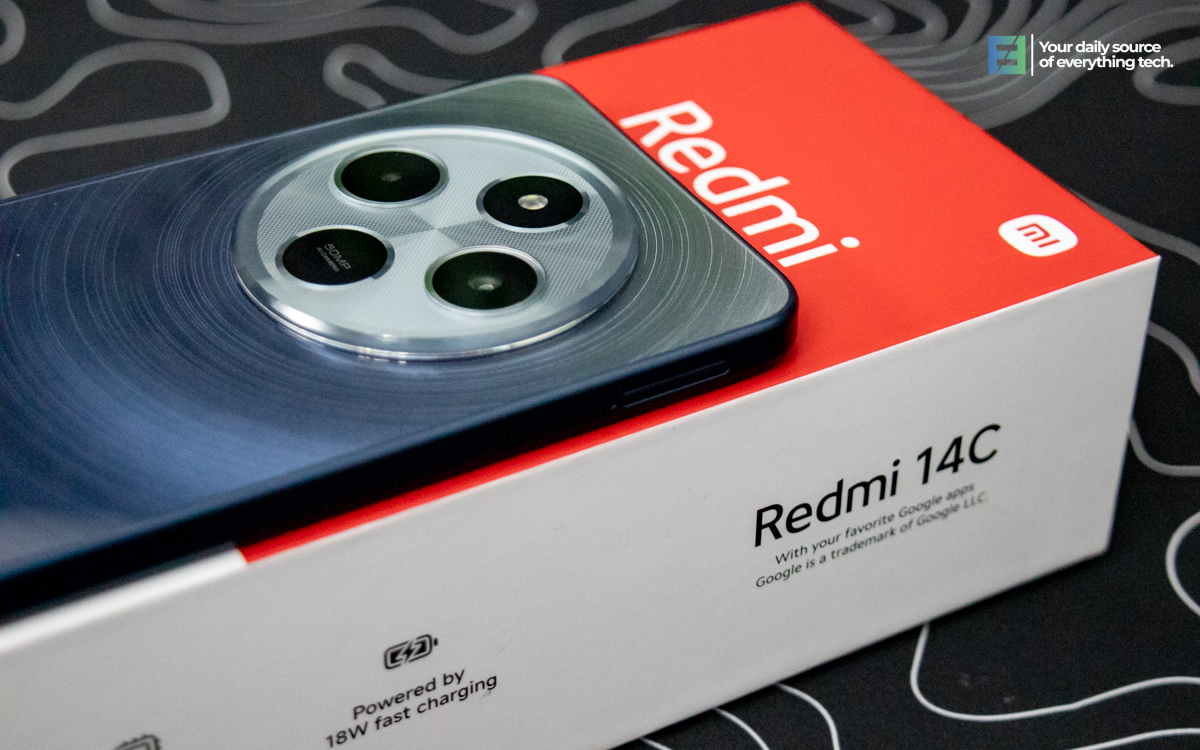In today’s fast-paced world, smartphones have become indispensable communication, entertainment, and productivity tools. However, not everyone is willing or able to invest in high-end devices, making budget-friendly options all the more valuable. Enter the Redmi 14C—a smartphone that aims to offer a mix of functionality, performance, and affordability. This device is built for users who prioritize practicality and usability, all while sporting a stylish look that belies its price point. With a sleek design, capable display, and versatile camera, the Redmi 14C is positioned to meet the needs of a broad user base without breaking the bank.
Available in several variants, including a 4GB RAM + 128GB ROM version, the Redmi 14C provides options to suit different storage and budget needs. We got our hands on the Starry Blue variant with 4GB RAM and 128GB storage, ready to put it through its paces. This review covers everything from unboxing to performance, battery life, and more, offering a comprehensive look at what Xiaomi’s new budget device brings to the table.
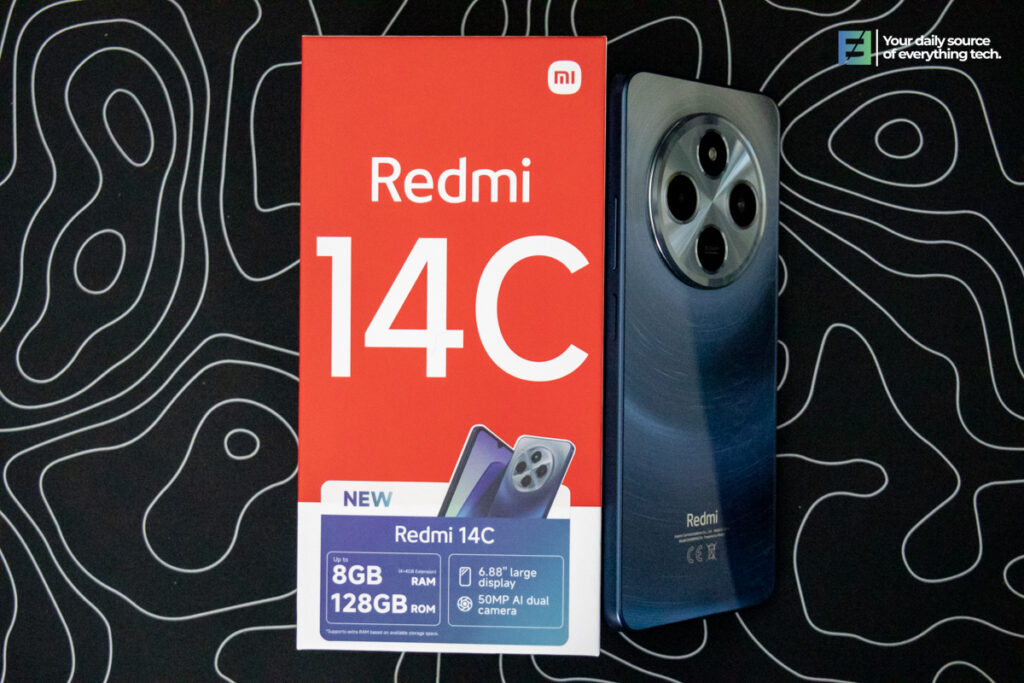
Unboxing/Accessories
Unboxing the Redmi 14C is a straightforward yet satisfying experience, as it provides all the essentials needed to get started right out of the box. Xiaomi has opted for a bright red box that reflects the brand’s identity while immediately drawing attention. The packaging highlights key specs, such as the 8GB RAM (with 4GB extended RAM), 128GB of storage, a 6.88-inch large display, and a 50MP AI dual-camera system. These specifications serve as a reminder of the features packed into this affordable smartphone, setting the stage for an impressive first impression.
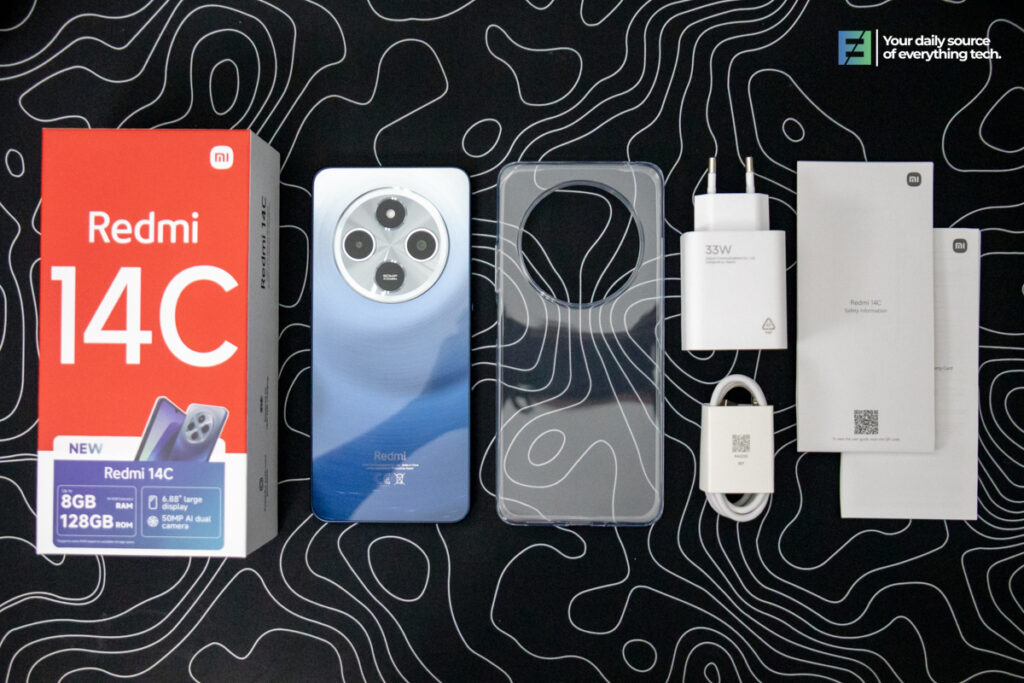
Inside the box, the essentials are neatly arranged. The Redmi 14C handset, protected by plastic wrapping, sits on top. Beneath it, Xiaomi includes a 33W power adapter, a USB-A to USB-C cable for charging and data transfer, and a transparent protective case. The case, though basic, provides adequate protection without hiding the phone’s design. A SIM ejector tool, warranty card, and quick-start guide are also provided, ensuring users have everything they need to begin. Xiaomi’s decision to pre-apply a screen protector is a thoughtful touch, offering immediate protection against scratches, which is especially useful for those who may not purchase additional accessories right away.
Build Quality/Design
The Redmi 14C showcases a design that strikes a balance between modern aesthetics and everyday functionality, a notable achievement for a budget-friendly device. With a slim profile of just 8.2 millimeters, this phone is easy to handle and carry, making it suitable for users who prefer lightweight devices. The rear of the device houses a dual-camera setup with a 50MP AI sensor, which is a rare feature at this price point. This design choice reflects Xiaomi’s commitment to offering premium-like features without the premium price, appealing to budget-conscious users who still want a quality experience.
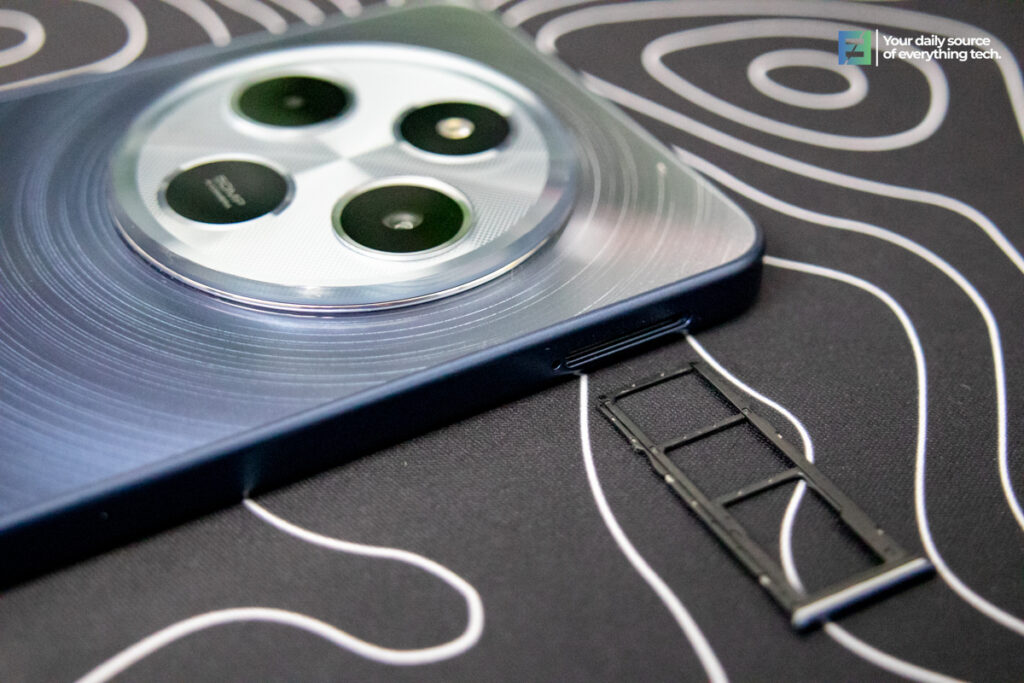

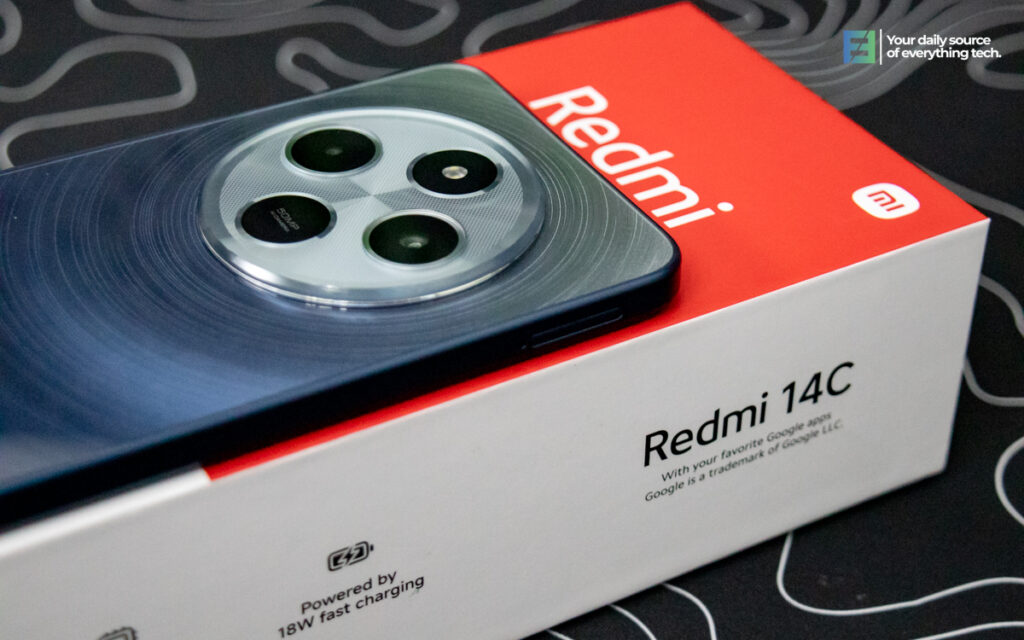
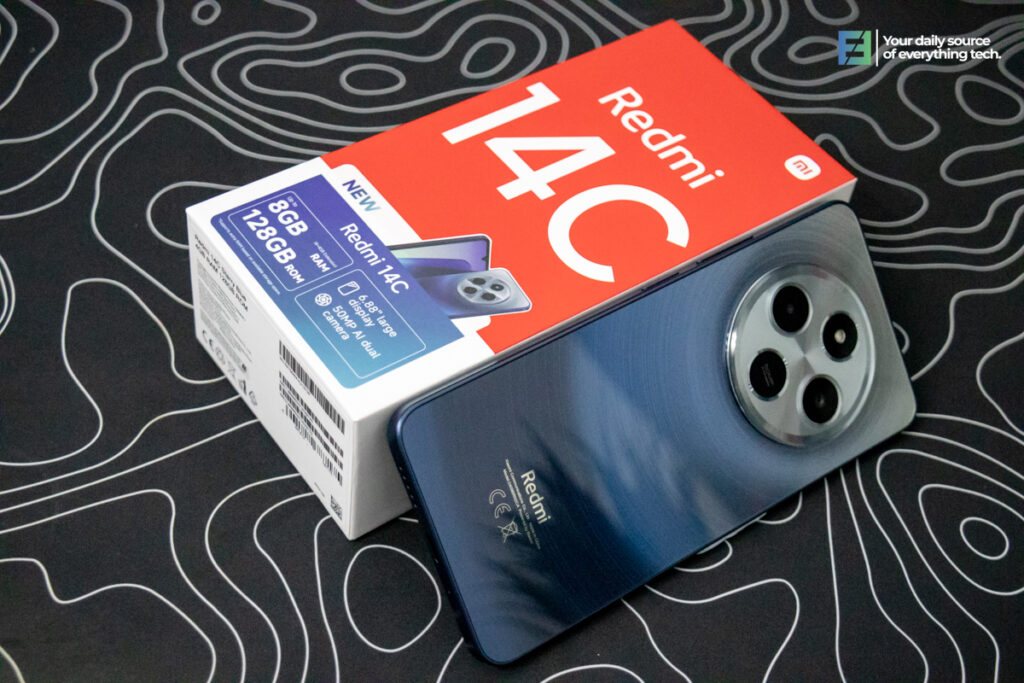
Available in three colors—Midnight Black, Starry Blue, and Dreamy Purple—the Redmi 14C offers enough variety to appeal to users with different style preferences. The glossy back is eye-catching but does tend to attract fingerprints and smudges, so users may want to take advantage of the provided case for added protection and cleanliness. The front features a glass panel with a pre-installed screen protector, surrounded by slim bezels at the top and sides with a slightly thicker chin bezel. The plastic frame and back are typical for budget devices, but the overall build quality feels solid and dependable.
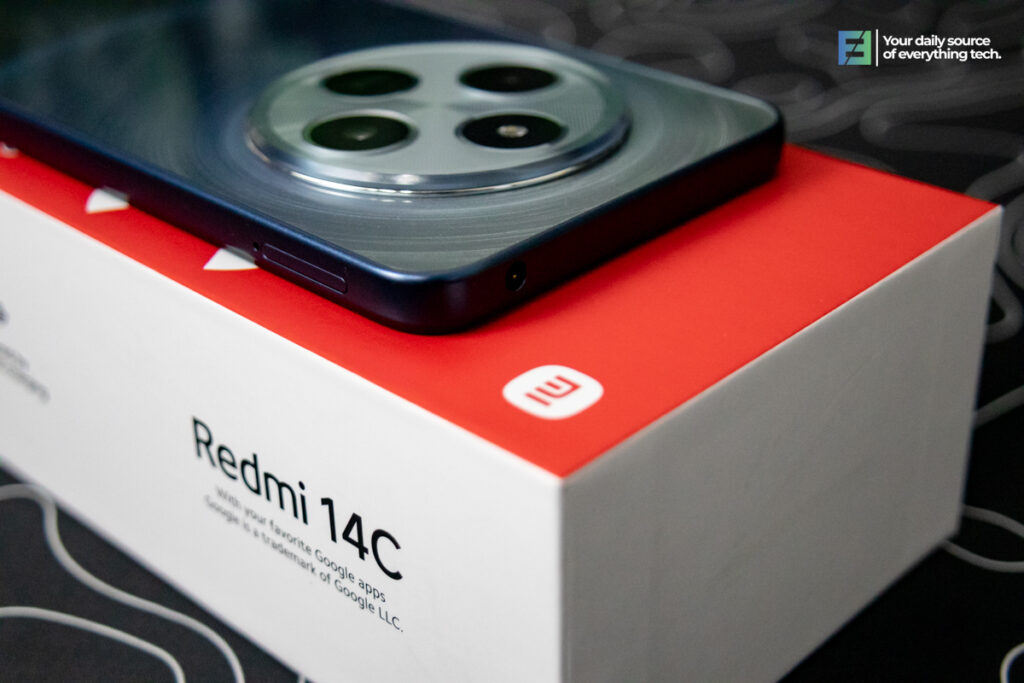
Display
The Redmi 14C’s 6.88-inch display is a key highlight, featuring a generous size that enhances the overall user experience. This large screen is complemented by a 120Hz refresh rate—a feature rarely found in budget devices—which ensures smooth scrolling and an immersive feel when navigating through apps, watching videos, or playing games. The display’s resolution, at 1640 x 720 pixels (HD+), provides a balance between sharpness and affordability, delivering clear visuals that satisfy casual users. For basic tasks like browsing and social media, this resolution performs well, though users accustomed to Full HD screens may notice a difference in sharpness when viewing fine details.
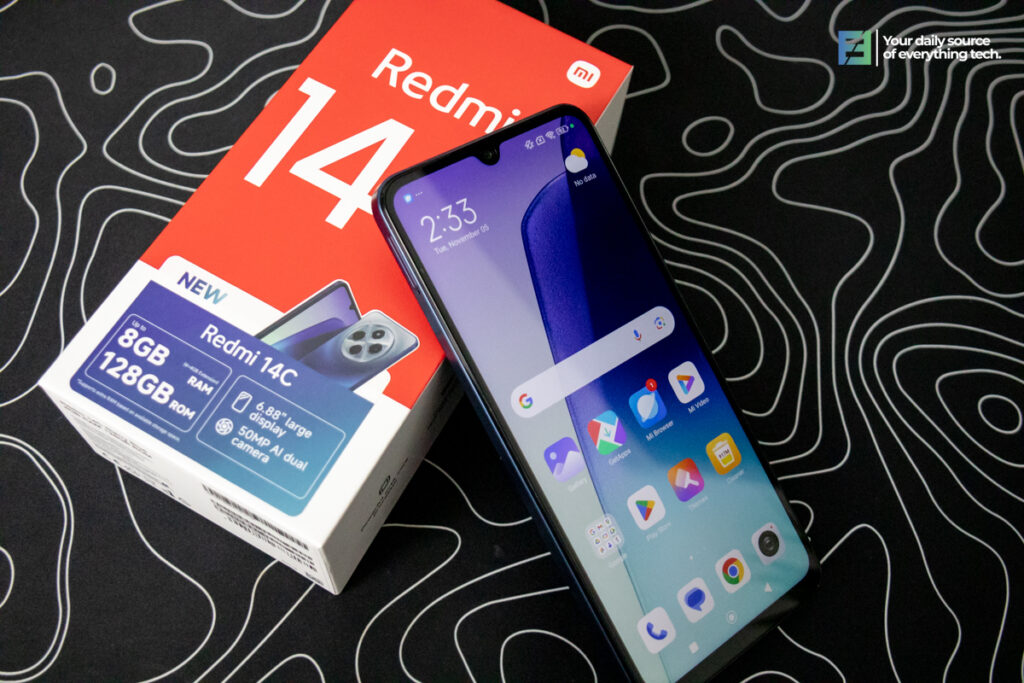
Beyond its size and resolution, the display’s brightness levels contribute significantly to its usability. Offering up to 450 nits of brightness, it’s bright enough for most indoor scenarios, while high-brightness mode increases this to 600 nits for better visibility outdoors. This boost in brightness ensures that the screen remains legible under direct sunlight, catering to users who spend a lot of time on their phone outside. The 8-bit color depth and 70% NTSC color gamut, while not on par with premium models, provide satisfactory color reproduction. Colors are natural though not as vivid as those on OLED displays, making it suitable for everyday tasks without the overly saturated hues seen in higher-end phones.
Another practical feature of the Redmi 14C display is its TÜV Rheinland Low Blue Light certification, which helps reduce eye strain for users who spend extended periods on their phones. This certification means the display emits less blue light, which has been linked to eye fatigue, especially in low-light settings or during nighttime use. With this added comfort, users can enjoy prolonged screen time without discomfort, making the Redmi 14C a good choice for reading, watching videos, or social media browsing. Overall, the display provides a balanced blend of features, ensuring a visually engaging experience at a budget-friendly price.
Camera
The Redmi 14C is equipped with a 50MP AI dual-camera system, setting it apart from other budget options. The main camera leverages AI technology to enhance image quality, providing ultra-clear photos that are especially useful for casual photography. This setup includes multiple creative filters, including film-like textures, which add a unique aesthetic to photos and elevate everyday snapshots. The AI dual-camera setup supports fast image processing, allowing for quick shots without compromising clarity, making it suitable for capturing moments on the go.
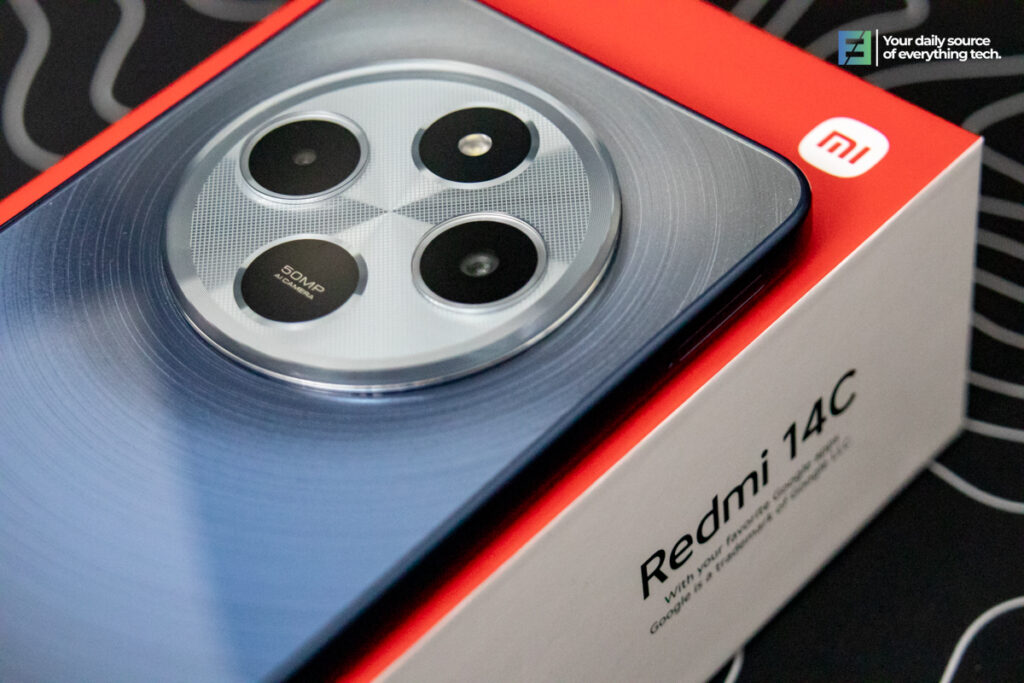
On the front, the 13MP selfie camera offers its own advantages, particularly with its night mode support, which allows users to take bright and clear selfies in low-light settings. Additionally, the enhanced beautify mode includes features like skin tone adjustments and eye size enhancements, enabling users to take polished selfies effortlessly. Although the camera setup doesn’t match the versatility of flagship models, it delivers solid performance for users who prioritize affordability without sacrificing the quality of their photos. Here are some sample photos using the Redmi 14C.
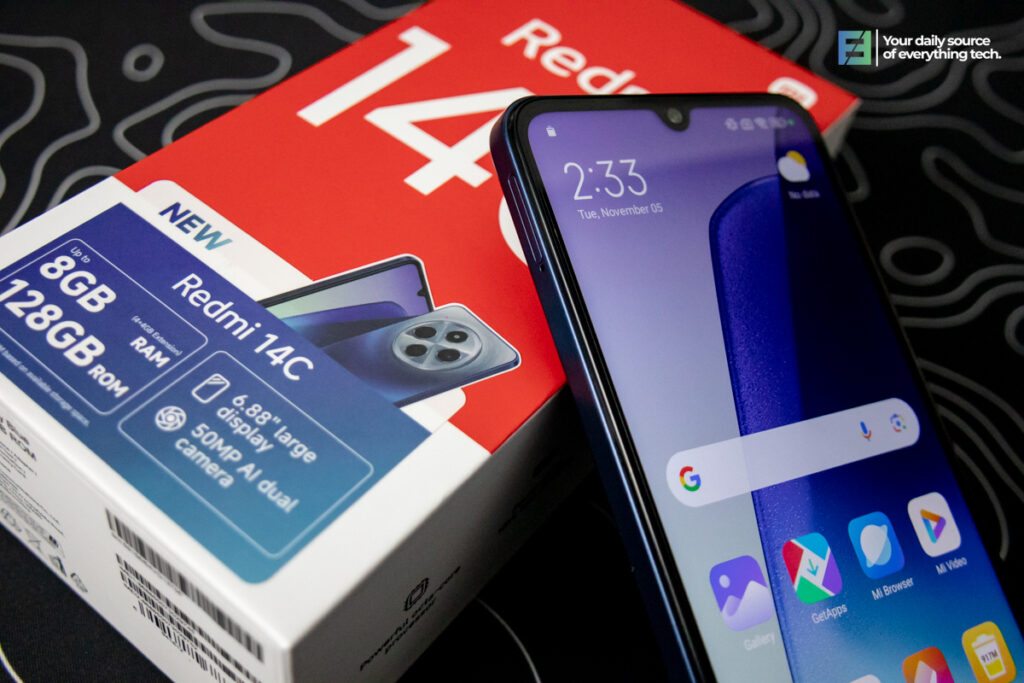
Sample Images
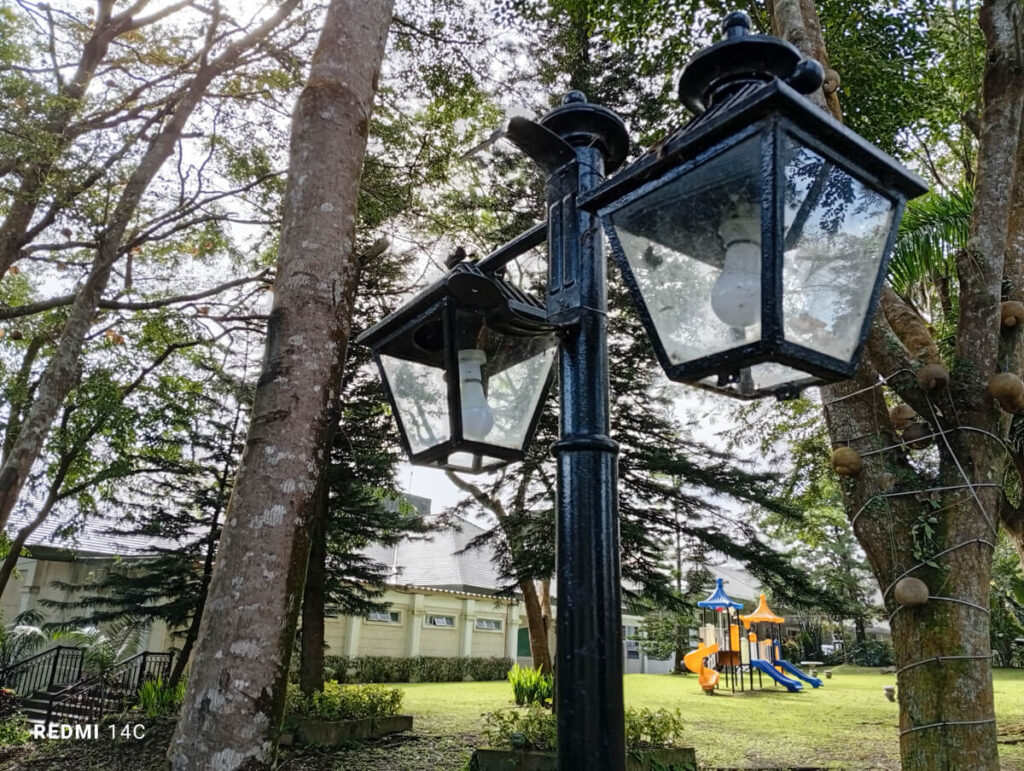
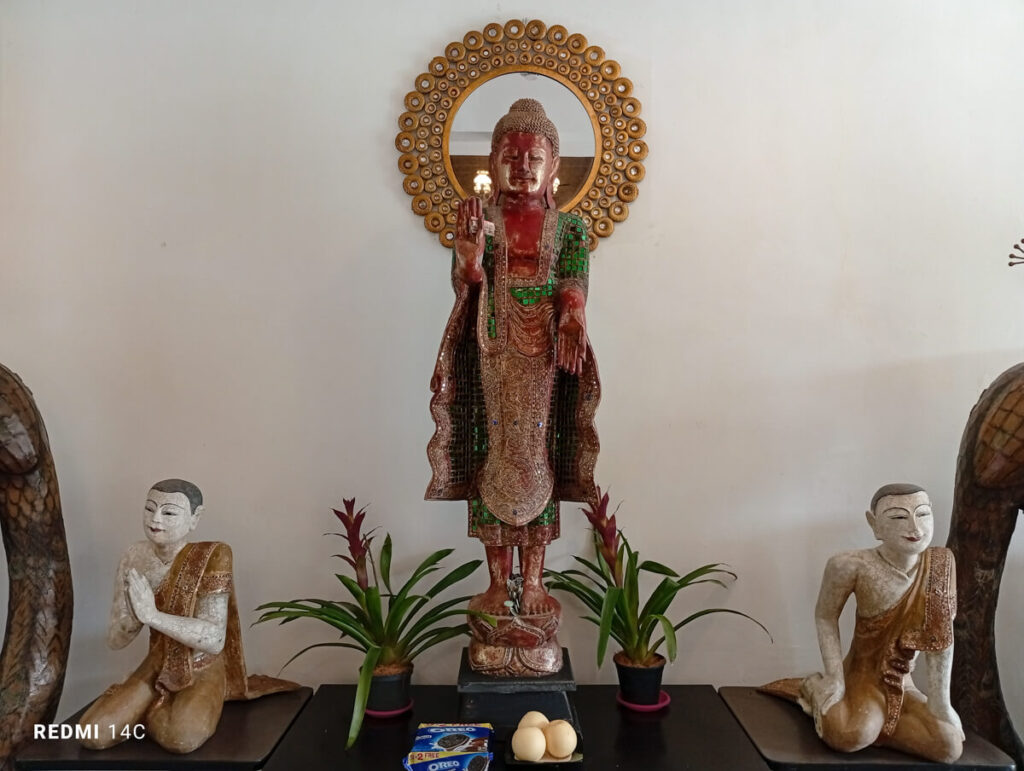

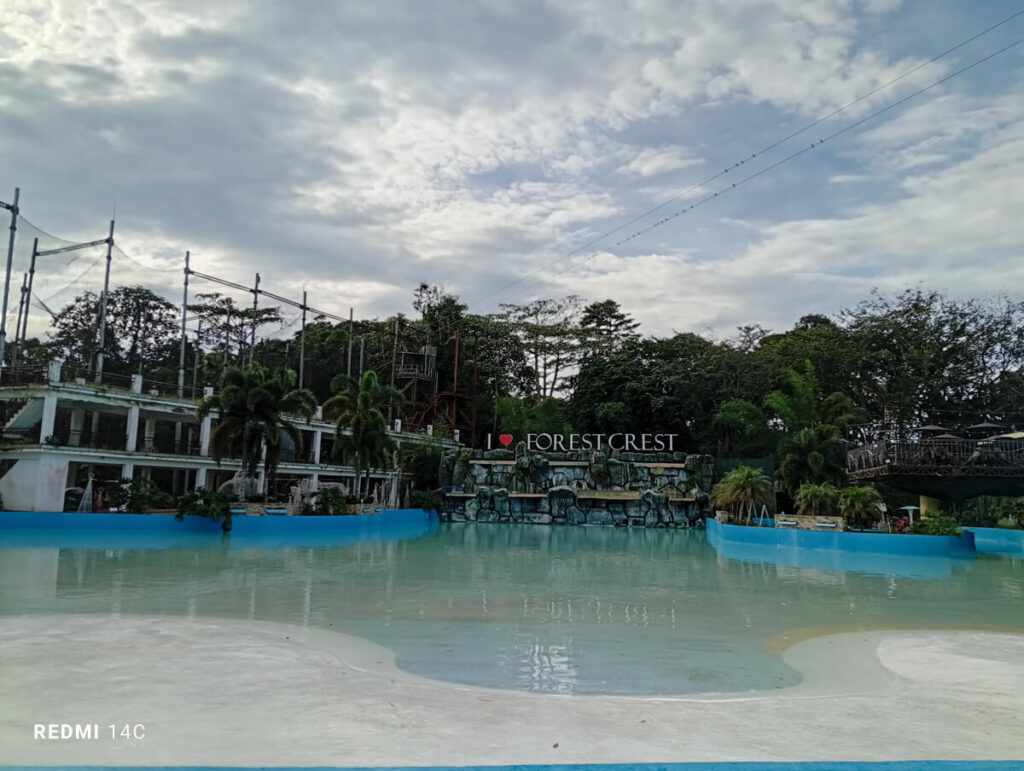

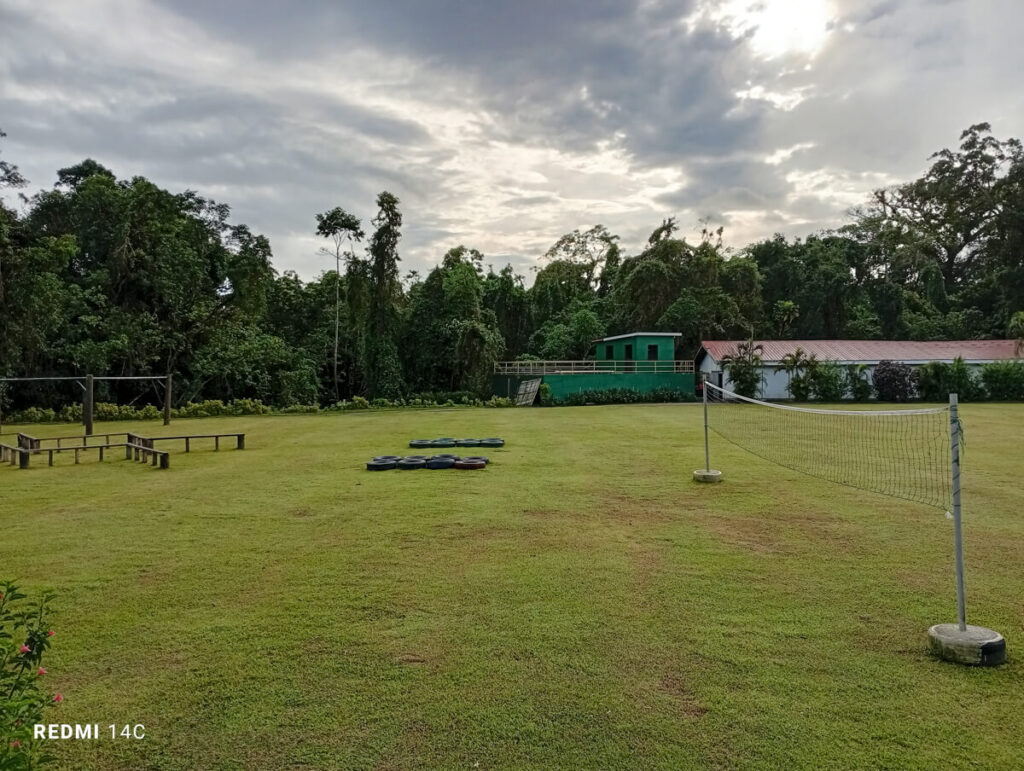

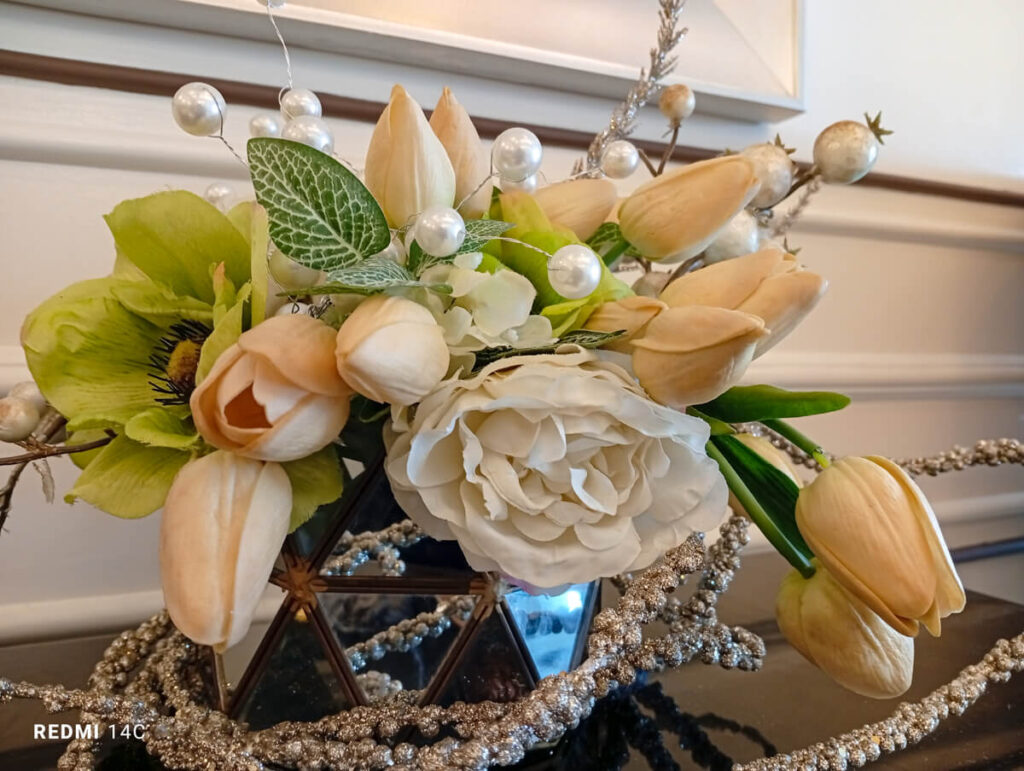
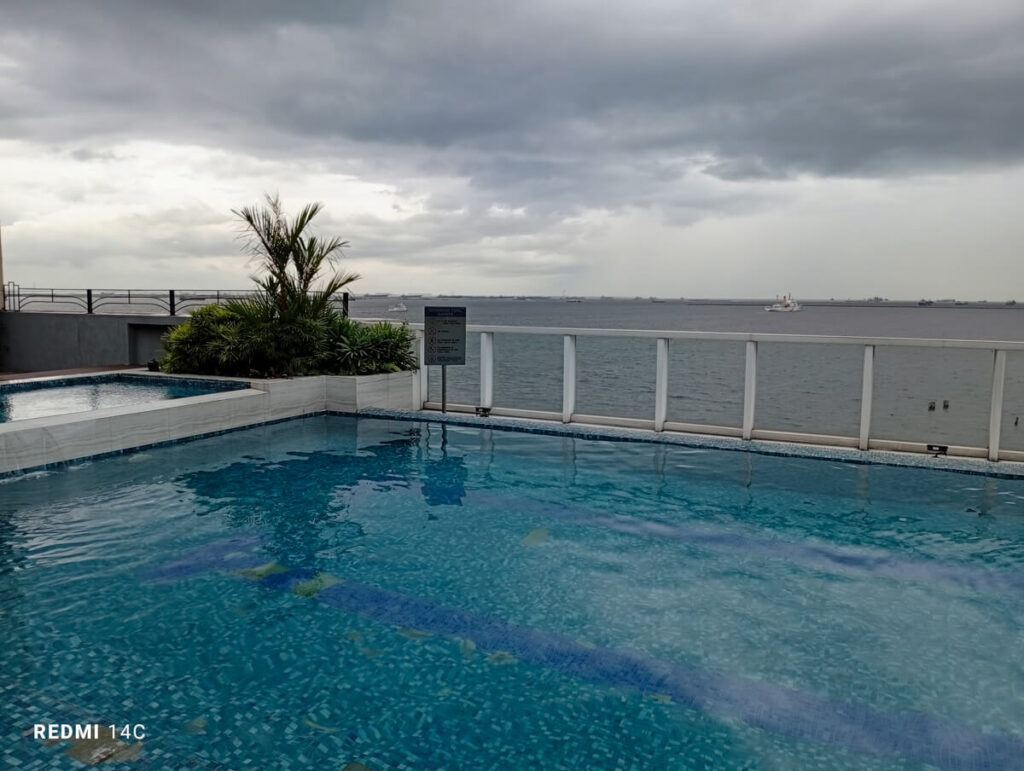






Performance
Under the hood, the Redmi 14C features an octa-core processor supported by the Helio G81 Ultra chipset, providing stable performance for everyday tasks. This setup allows for smooth multitasking when browsing, messaging, and using social media apps, catering well to casual users. While the device isn’t designed for power-intensive applications or heavy multitasking, it holds its ground for most common mobile activities, delivering a fluid experience within its intended use case.
Gaming on the Redmi 14C is decent for its price range, as shown during our tests with games like Mobile Legends, Call of Duty, and Farlight 84. Mobile Legends ran smoothly even at high settings, while Call of Duty performed adequately on moderate settings, with some minor frame drops during intense scenes. Farlight 84 also ran fairly well, allowing for enjoyable gameplay with only occasional lags. This level of performance is reasonable for a budget device, though users who require heavy-duty gaming may find limitations on the lower RAM variant.
We also performed benchmark tests on the Redmi 14C. Here are our findings:
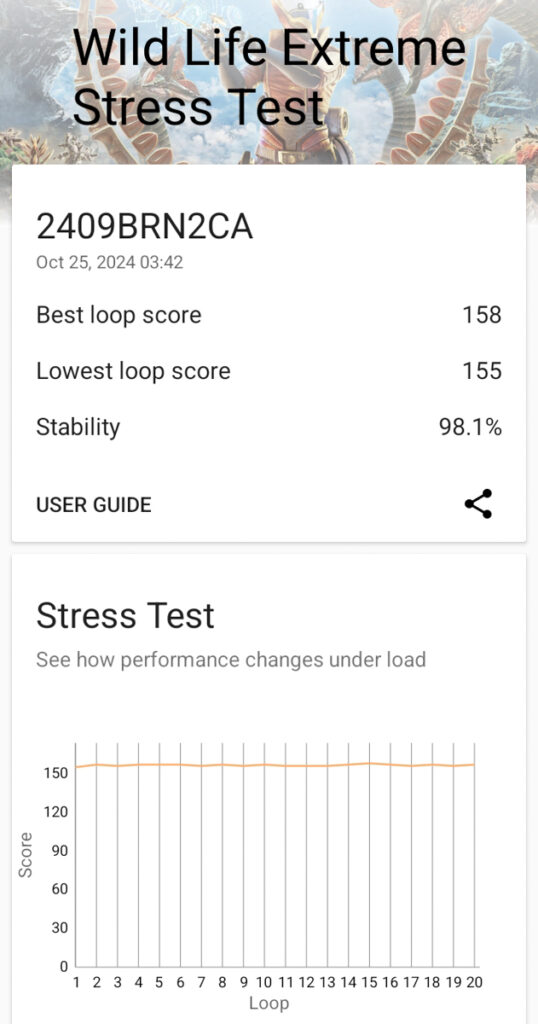
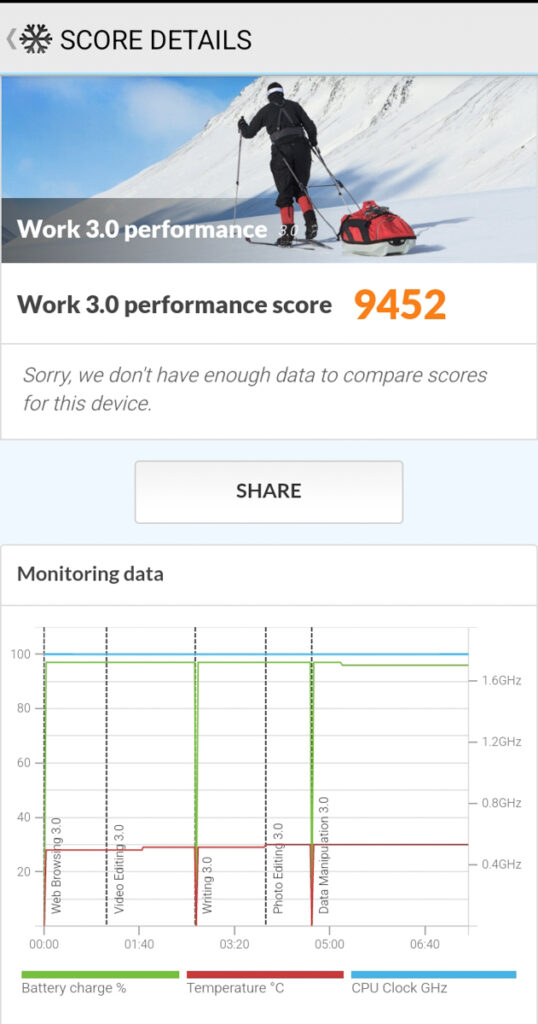
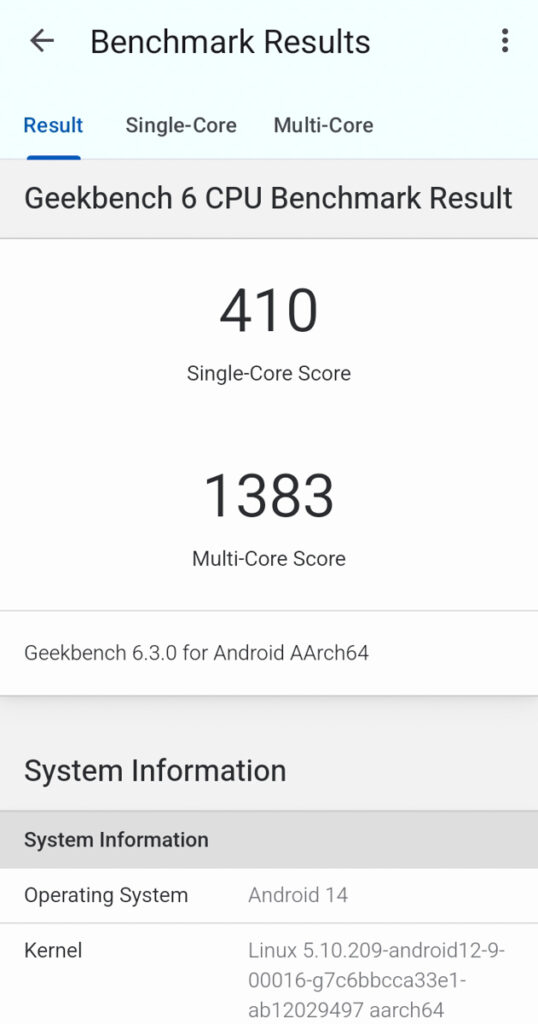
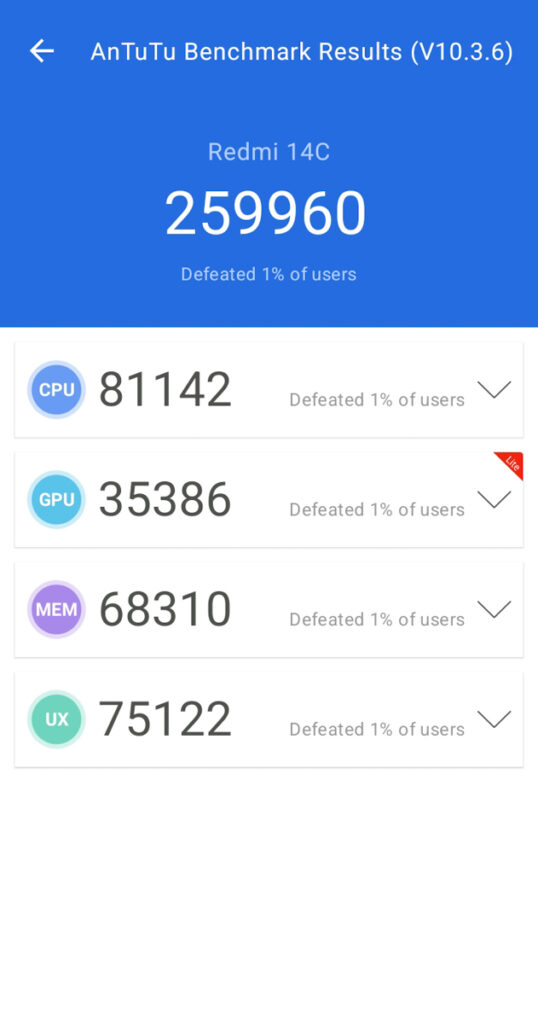
- Geekbench 6 CPU Benchmark Results: 410 (single-core score), 1383 (multi-core score)
- Work 3.0 Performance Score: 9452
- Work 3.0 Battery Life: 11 hours 42 minutes
- AnTuTu Benchmark Results (v10.3.6): 259,960
- Wild Life Extreme Stress Test: Best loop score 158, lowest loop score 155, and stability 98.1%
For those looking for a budget phone with decent performance, the Redmi 14C won’t disappoint. However, if you’re a power user or someone who needs to run demanding apps, you may experience some lag or slowdowns, particularly on the lower RAM variants.
Storage
The Redmi 14C is offered in three configurations: 4GB RAM + 128GB storage, 6GB RAM + 128GB storage, and 8GB RAM + 256GB storage, catering to different needs and budgets. This flexibility ensures that users can select a version that best matches their storage requirements without exceeding their budget. The inclusion of expandable storage up to 1TB via a microSD card slot is a welcome feature, especially for users who store a lot of photos, videos, or apps, allowing for ample storage space without compromising on device performance.
Having the option to expand storage is particularly valuable in a budget phone, as it grants users the freedom to scale storage according to their needs. For those who rely heavily on media files or downloadable content, this expandable storage provides peace of mind and eliminates the worry of running out of space. The device’s various configurations and microSD support make it an accessible option for users with varying storage needs.

Battery
Battery life is a standout feature of the Redmi 14C, powered by a 5160mAh battery that promises long-lasting use for a full day’s worth of activities. The phone supports 18W fast charging, and Xiaomi includes a 33W power brick in the box, which helps speed up charging times. During our testing with Work 3.0 battery life, the device achieved an impressive 11 hours and 42 minutes of screen time, which is more than sufficient for a full day of regular use, covering tasks like browsing, social media, and occasional gaming.
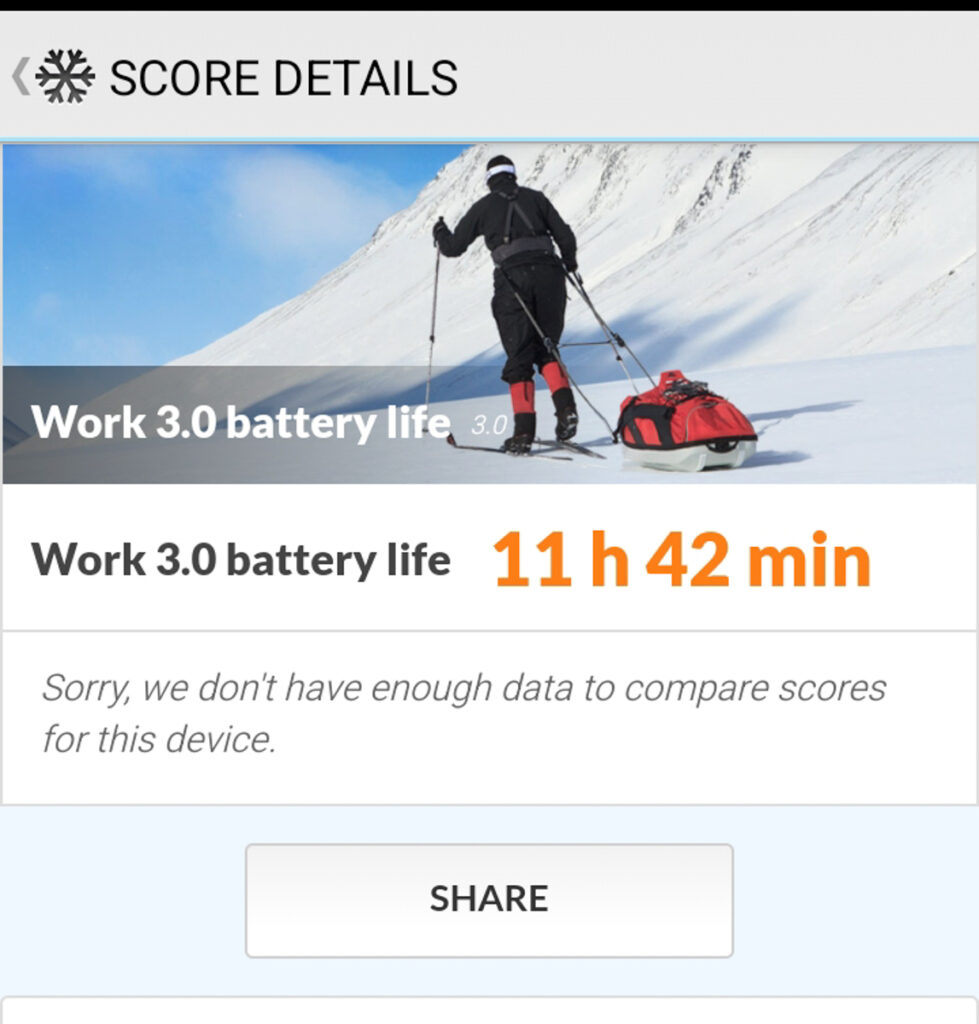
The battery performance holds up well under casual usage, making the Redmi 14C a reliable companion for users on the go. When it’s time to recharge, the 33W adapter allows the device to go from 0 to 100% in roughly 2 hours and 25 minutes. This charging time is reasonable for a device in this category and ensures that you’re back up and running without prolonged downtime. With its impressive battery life and acceptable charging speeds, the Redmi 14C is well-suited for those who prioritize endurance in their smartphone.
Verdict
The Redmi 14C emerges as a well-rounded budget smartphone, offering a compelling mix of features and performance at an accessible price. Its stylish design, large display, and capable camera make it suitable for users who value aesthetics and functionality. The robust battery life further enhances its appeal, ensuring that you can rely on it for daily tasks without worrying about running out of power.
While it may not compete with flagship models in terms of specifications and performance, the Redmi 14C holds its own in the budget segment. It is particularly well-suited for casual users, students, and anyone looking for a dependable smartphone without breaking the bank.
In conclusion, if you’re in the market for a budget-friendly device that delivers solid performance and an enjoyable user experience, the Redmi 14C should definitely be on your radar.
Redmi 14C Specs
| Specification | Details |
|---|---|
| Display | 6.88-inch HD+ (1640 x 720) |
| Processor | MediaTek Helio G81 |
| RAM | 4GB / 6GB / 8GB |
| Storage | 128GB / 256GB (expandable) |
| Main Camera | 50MP + AI Dual Camera |
| Selfie Camera | 13MP |
| Battery | 5160mAh, 18W fast charging |
| Operating System | MIUI 14 (based on Android) |
Price and Availability
The Redmi 14C is currently available in the Philippines, with the 8GB/256GB variant retailing for ₱6,999 SRP. For those seeking more budget-friendly options, the 6GB/128GB and 4GB/128GB variants are priced at ₱5,999 and ₱4,999, respectively. Buyers can choose from four attractive colors: Midnight Black, Starry Blue, Dreamy Purple, and Sunset Gold.
With its competitive pricing and impressive specifications, the Redmi 14C stands out as a worthy option for those seeking a budget smartphone that doesn’t compromise on essential features.



